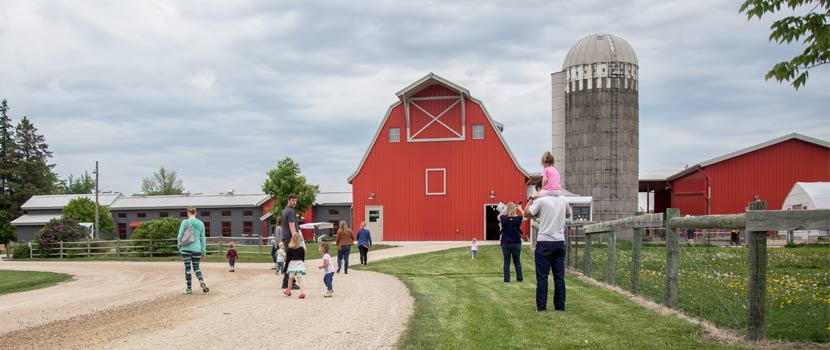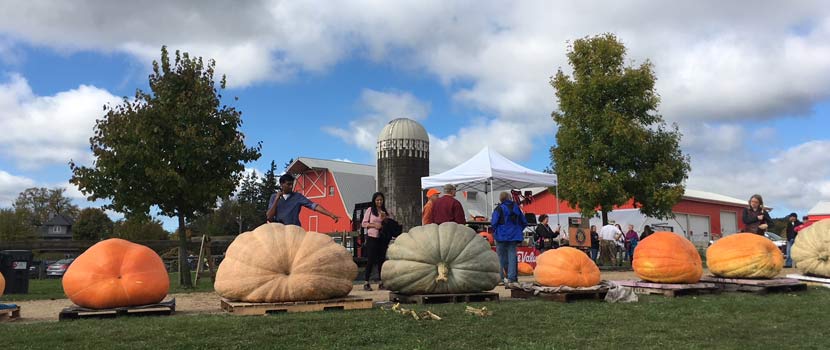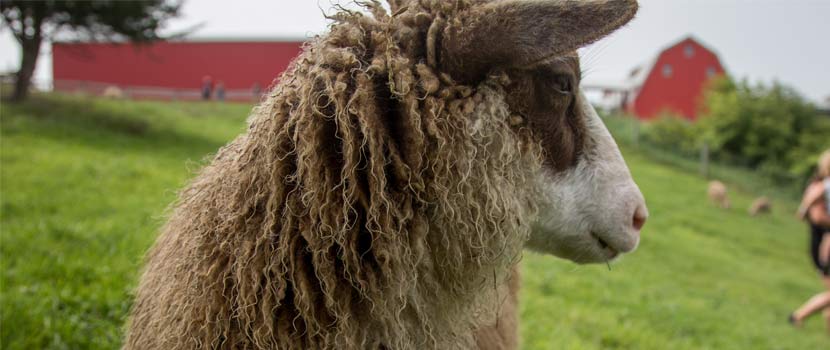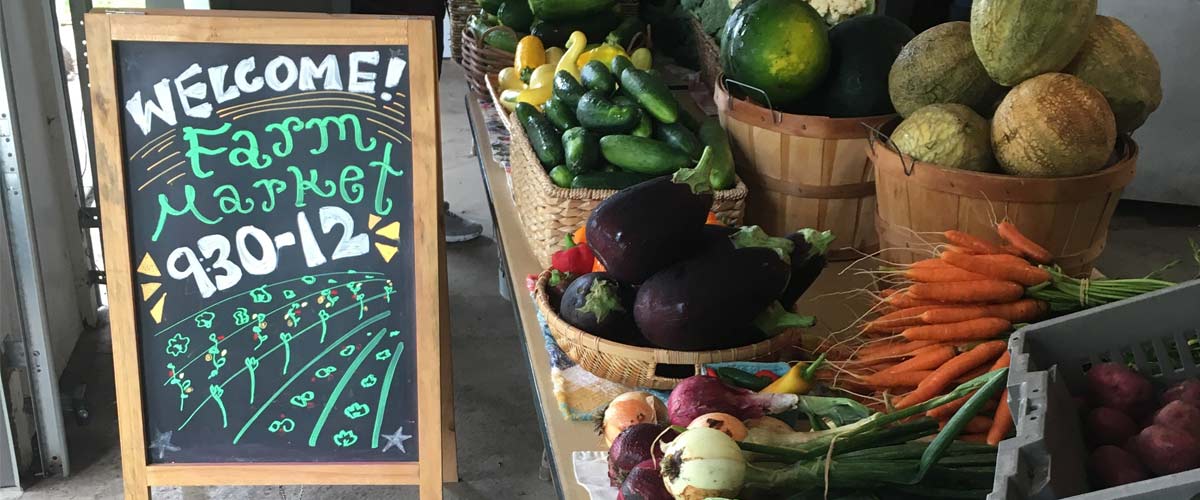
Why September Is Sweeter at the Farm Market
By: Tim Reese
September 04, 2018
Category: Farm Connections
September feels like a time when our human calendars aren’t quite in sync with the natural world. Life gets busy with back-to-school activities, and outdoors time fades after Labor Day. But it’s the perfect time to be outside: The heat, bugs and storms of summer have departed, yet it is still warm enough to enjoy the natural beauty that abounds in Minnesota.
The same is true for the availability of local produce. Kind of like stores that have back-to-school specials before July 4, our spring enthusiasm for locally grown crops doesn’t match up with the timing of harvest. We anxiously await the first strawberries in June and the first sweet corn in July, but the bulk of harvest doesn’t come until early fall.
Cooling Temperatures Mean Sweeter Vegetables
September is one of the best times for farm-fresh food in Minnesota. The bounty of summer crops like tomatoes, peppers, melons and summer squash are still in full swing while the cool-season greens and root crops are beginning to thrive again.
In mid-summer, some vegetables like broccoli, cabbage and cauliflower often develop a bitter taste because they are stressed from the heat or they are quickly moving toward flowering. These vegetables taste sweeter later in the season because growth slows down and they store more sugars in their tissues.
This is particularly true for many of our root crops like beets, parsnips and celeriac, and carrots. It’s all in the plant’s physiology.
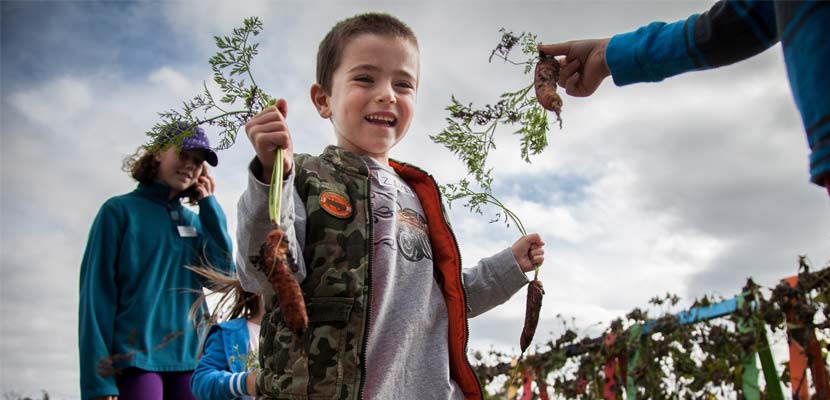
For example, carrots are a biennial crop, which means it takes two years to complete a life cycle.
During the first year, most of the sugars produced by photosynthesis in the leaves are stored down in the roots. When frost hits and the green top dies, the sugars are sent underground. As a result, the fall-harvested carrots tend to be the sweetest. The carrot goes dormant in the winter and in the second year, that stored energy produces a flowering stalk that eventually produces lots of seed.
A Favorite Fall Recipe
One of my personal fall favorites is leeks. A member of the onion, or allium, family, it has a sweeter taste than many of its cousins, especially in the fall. One of my favorite meals this time of year is a simple potato/leek soup. Here is a recipe from the FairShare CSA Coalition’s From Asparagus to Zucchini cookbook.
Leek and Potato Soup
3 cups sliced leeks
3 cups diced peeled potatoes
2 quarts water
1 tablespoon salt
1/4 cup heavy cream or 3 tablespoons butter, softened
2 tablespoons fresh minced chives or parsley
Simmer leeks and potatoes in water with salt, partially covered 40–50 minutes or until tender. Mash vegetables with a fork or put through a food mill. Set pot off heat and stir in cream and butter. Serve in bowls and sprinkle with herbs. Makes eight servings.
How to Store Vegetables in the Winter
You’ve probably noticed onions, garlic, potatoes and carrots sprouting in your pantry in March. As the days get longer, they want to grow. But in the fall they are going dormant, and the inactivity means you can keep them longer.
You can create your own mini root cellar with a covered, plastic bin. Place the vegetables in layers alternating with sawdust or newspaper. Cover and store in a cool and slightly damp corner of your basement. This environment will work well for crops like potatoes, carrots, turnips and beets.
Other vegetables such as onions, garlic, sweet potatoes and winter squash like it cool and dry, so they are best stored with good air circulation in a dark place. A netted bag works best for storing these vegetables.
Don’t Miss Fall’s Bounty
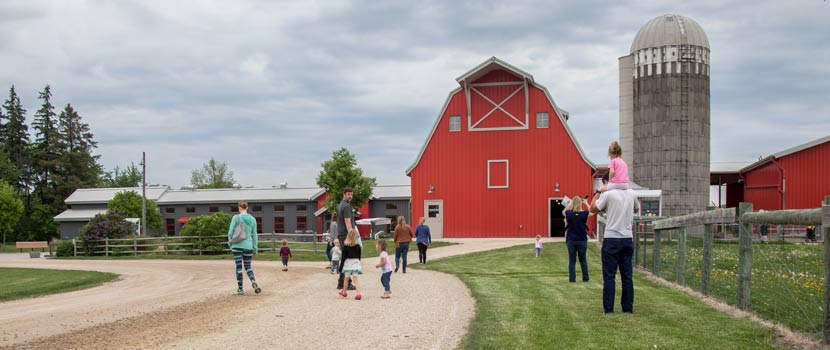
When cold winter darkness hits hard in a couple of months, these treasures from the summer can warm our spirits. Get out to your local farmers market while the bounty of our Minnesota harvest is coming in.
The market at Gale Woods Farm is open every Saturday from 9:30 AM–noon until mid-October. Stop by and stock up. In September, stick around for Saturday Mornings on the Farm.
About the Author

Tim Reese has been the Farm Supervisor at Gale Woods Farm since it opened in 2003. He manages the facility, livestock and gardens at this educational and production farm. While he has been known to don a scarecrow costume and sing a raucous version of Old MacDonald at Halloween events, he believes that food production and farmers have a serious and important role to play in protecting our environment and promoting land stewardship. When not busy at Gale Woods, Tim enjoys cross-country skiing, biking and exploring the natural world with his family.
Related Blog Posts
Gale Woods Farm is a unique part of Three Rivers Park District. Learn how the farm came to be and how farming and environmental stewardship go hand-in-hand.
Pumpkins: More Than a Spiced Latte
By: Tim Reese
From pumpkin pie to pumpkin carving to giant pumpkin contests to the (infamous?) pumpkin spice latte and even pumpkin-flavored wheat ale, pumpkins are a favorite fall crop with a rich history.
Sheep and Fiber at Gale Woods
By: Tim Reese
Wool is a versatile fiber that has been woven into human history for thousands of years. Learn more about the breed of sheep at Gale Woods Farm and dive into the process of making fleece into yarn.
